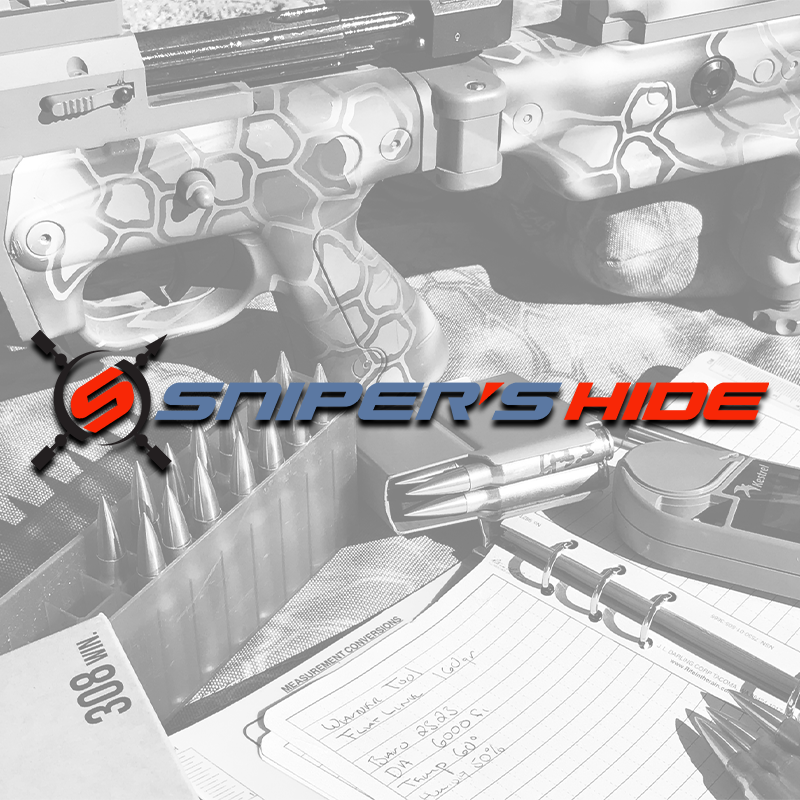Just starting to reload my own bullets. After some newbie bumps and bruises, I'm finally getting into a groove preparing my brass so that they are all consistent. Now I need to make a load for my rifle. 6.5 Creedmoor, Outlier 26" barrel.
What is my goal of working up different rounds? Say I have 50 rounds worked up, 5 shots with each charge, I go out and shoot and chronograph them, am I only concerned about ES and SD to begin with, or do you factor in where they are hitting on the target as well? For example, if I have a load that produces a 9FPS ES and 4 FPS SD, but shoots 1.4 MOA at 100 yards and another load that shoots 20 FPS ES and 10 SD but shoots .4 MOA, which one do I work with? Do I go with the best SD and then start playing with seating depth?
Any advice on the process would be appreciated
What is my goal of working up different rounds? Say I have 50 rounds worked up, 5 shots with each charge, I go out and shoot and chronograph them, am I only concerned about ES and SD to begin with, or do you factor in where they are hitting on the target as well? For example, if I have a load that produces a 9FPS ES and 4 FPS SD, but shoots 1.4 MOA at 100 yards and another load that shoots 20 FPS ES and 10 SD but shoots .4 MOA, which one do I work with? Do I go with the best SD and then start playing with seating depth?
Any advice on the process would be appreciated



